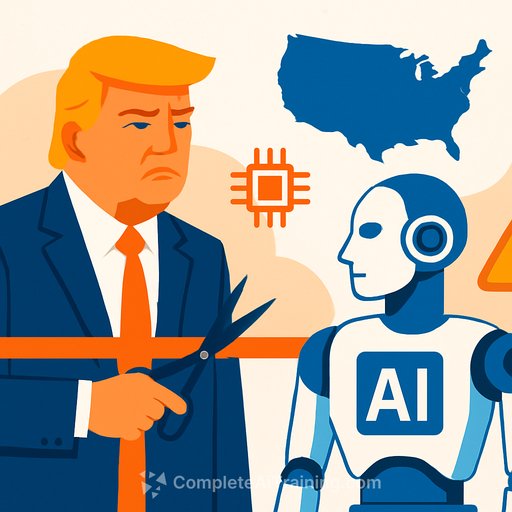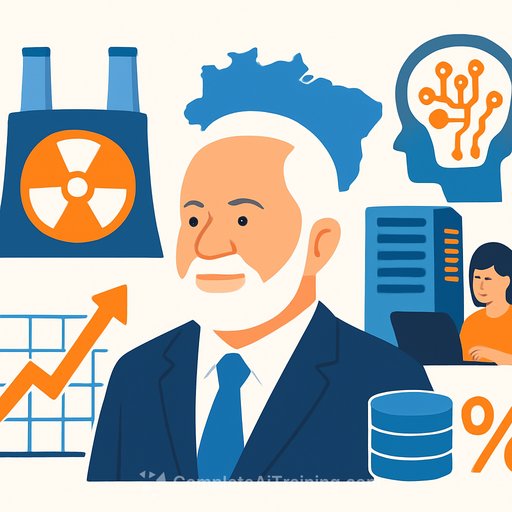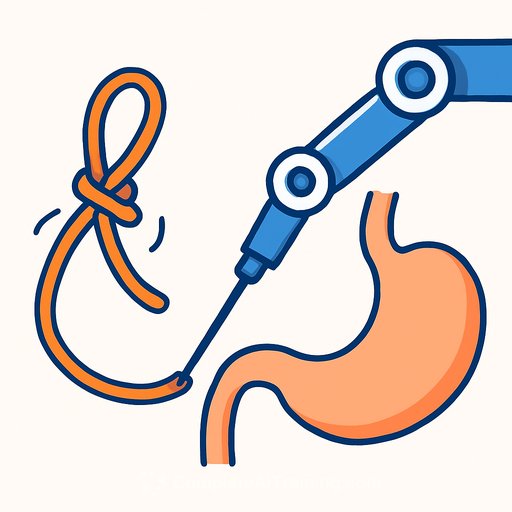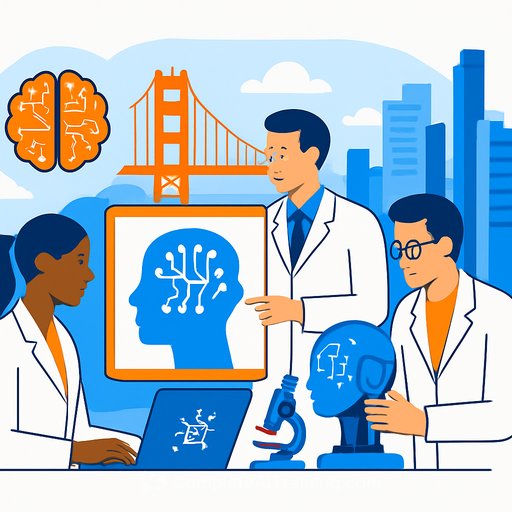Trump Administration’s AI Action Plan Faces Threat from Science Funding Cuts
Last month, the Trump administration unveiled “America’s AI Action Plan” aiming to boost U.S. leadership in artificial intelligence, especially in competition with China. However, significant cuts to federal science research funding cast doubt on the plan’s success. Agencies like the National Institute of Health (NIH), National Science Foundation (NSF), Defense Advanced Research Projects Agency (DARPA), and NASA are facing budget reductions that experts warn could undermine the very research environment that enabled AI breakthroughs.
Federal Funding: The Backbone of AI Progress
Mark Histed, chief of neural computation and behavior at NIH, points out that while the consequences of funding cuts might not be visible immediately, they threaten the entire ecosystem built around AI development. This ecosystem spans multiple disciplines, involving academia and industry working hand-in-hand.
Rebecca Willett, a computer science professor at the University of Chicago and AI faculty director at the Data Science Institute, stresses the importance of supporting this diverse ecosystem. “Advancing AI requires backing all parts involved—from research institutions to industry leaders,” she says.
AI’s Foundations Rooted in Federally Funded Research
Both Histed and Willett agree that AI in its current form owes much to federally supported research. For instance, computer vision technology, which fuels self-driving cars and most face and image recognition systems, has been funded since the 1980s.
Other examples include AlphaFold, an AI tool that accelerates drug discovery, and Anthropic, which focuses on AI safety and collaborates with the Department of Defense. These innovations trace back to federal support that nurtured their development.
Cross-Disciplinary Connections Amplify Impact
AI research often intersects with other scientific fields, meaning cuts in one area ripple into AI progress. Histed highlights the overlap between neuroscience and AI, noting that understanding neural networks in the brain informs machine learning models.
This intersection has yielded Nobel Prize-winning work. Geoffrey Hinton and John Hopfield received the 2024 Nobel Prize in Physics for research at the neuroscience-AI boundary, backed by NSF funding.
Concerns Over AI Safety and Ethical Guidelines
Trump’s AI plan includes revising guidelines at the National Institute of Standards and Technology to remove references to misinformation, diversity, equity, inclusion, and climate change. These areas are critical given AI’s documented biases in gender and race, affecting technologies like face recognition and language models such as ChatGPT.
Histed emphasizes that AI safety is closely linked to neuroscience because biases in human neural networks provide insights into biases in AI systems.
Energy Use and Infrastructure: Balancing Growth and Sustainability
The plan proposes easing regulations to build AI data centers, which consume enormous amounts of energy for computation and cooling. Willett acknowledges the high energy cost of large-scale AI systems but points out that companies have incentives to improve efficiency, balancing operational expenses and environmental impact.
Training the Next Generation: A Vital Federal Role
Both experts stress the importance of federal funding in training AI talent. Histed calls the federally supported “talent pipeline” crucial, noting that many AI leaders have academic backgrounds funded by government grants.
Willett adds that universities provide tech companies with skilled graduates who possess the latest knowledge and techniques. Without continued support, both research and workforce development in AI could suffer.
Conclusion
The Trump administration’s AI action plan faces significant challenges due to cuts in federal science funding. These reductions risk destabilizing the collaborative ecosystem of academia, industry, and government that has driven AI innovation. Maintaining robust support across various scientific disciplines and ethical frameworks is essential to preserving U.S. leadership in AI.
For professionals interested in advancing AI skills and staying updated on industry developments, exploring Complete AI Training's latest AI courses can provide valuable resources and knowledge.
Your membership also unlocks:






